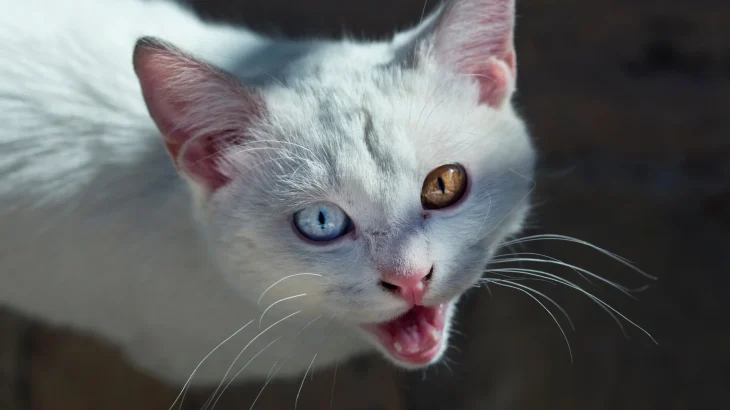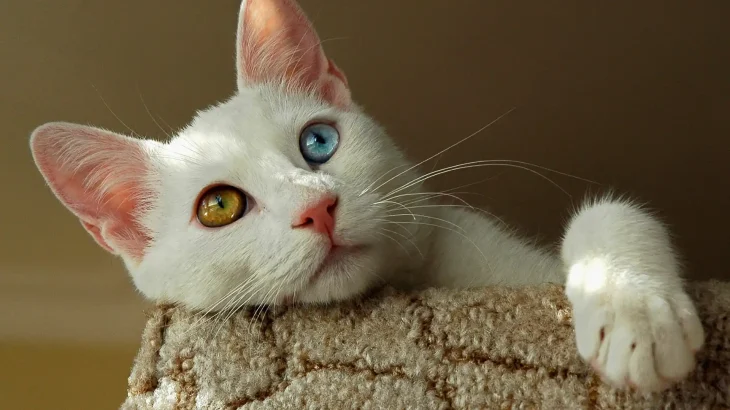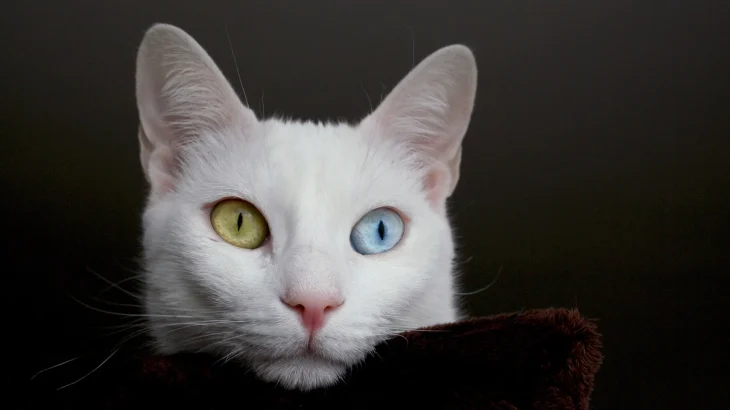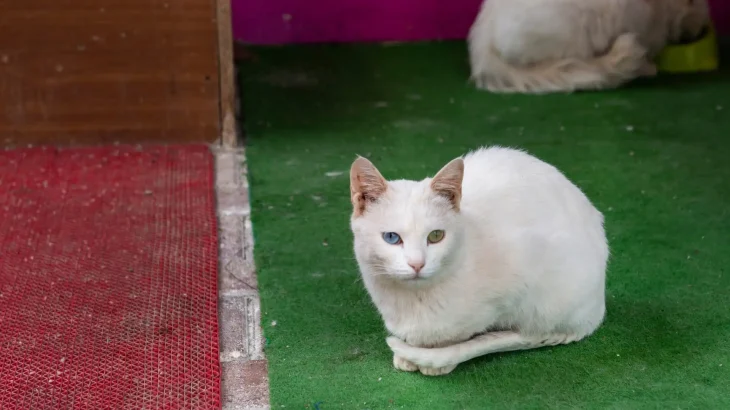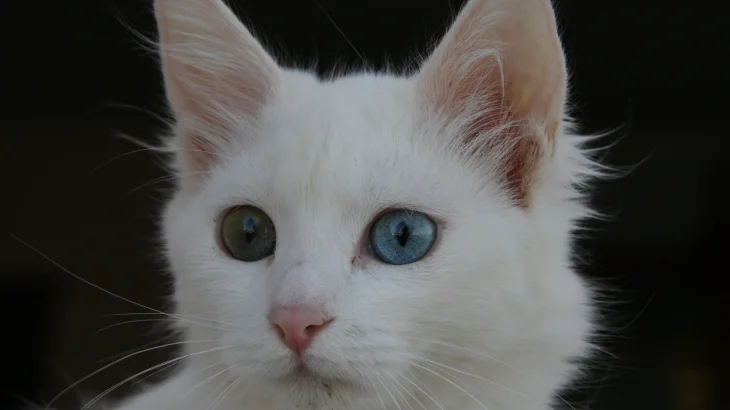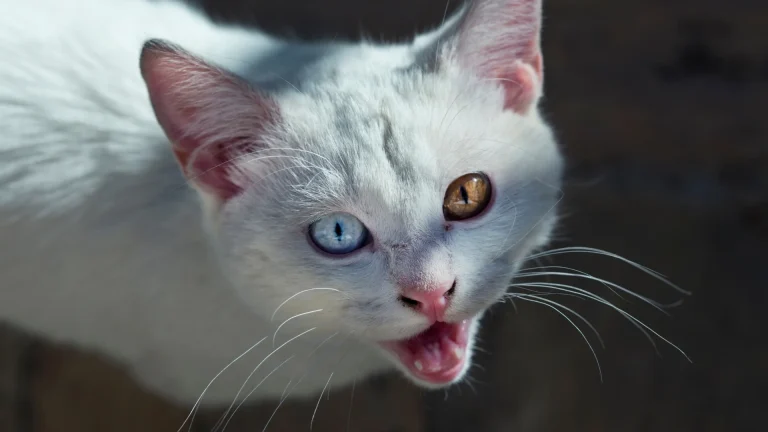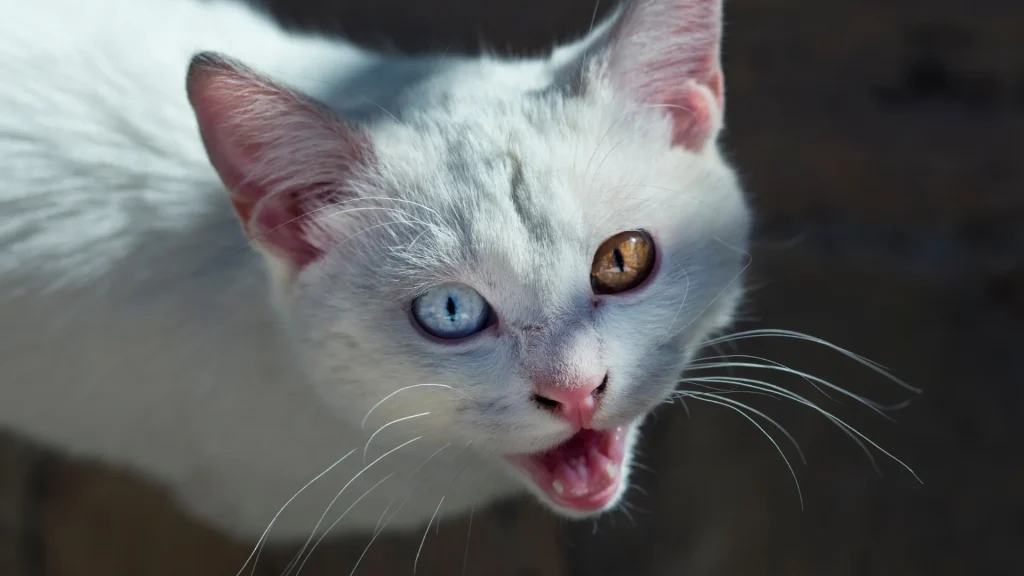Choosing between adopting or purchasing a Van Kedi kitten depends on what matters most to you. Buying from a breeder usually provides clear lineage and health records, while adopting supports animal welfare and can be more budget-friendly. Both options have benefits, so it's about finding the right fit for your lifestyle and values.
| Criteria | Buying from Breeder | Adopting from Shelter/Rescue |
|---|---|---|
| Cost | Generally higher upfront cost for pedigreed Van Kedi kittens. | Lower adoption fees, often including vaccinations and spay/neuter. |
| Health History | Typically detailed health records and genetic screenings available. | Health may be unknown or limited, but basic health checks are common. |
| Age Availability | Usually kittens, allowing you to raise a kitten from a young age. | Variety of ages available, including adults needing homes. |
| Supporting Practices | Supports preservation of the Van Kedi breed through responsible breeding. | Supports animal welfare by providing homes to cats in need. |
| Ethical Considerations | Choose ethical breeders to avoid unhealthy breeding practices. | Helps reduce shelter overcrowding and euthanasia rates. |
| Breed Purity & Pedigree | Ensures breed purity with documented lineage. | Breed purity may be uncertain or mixed. |

